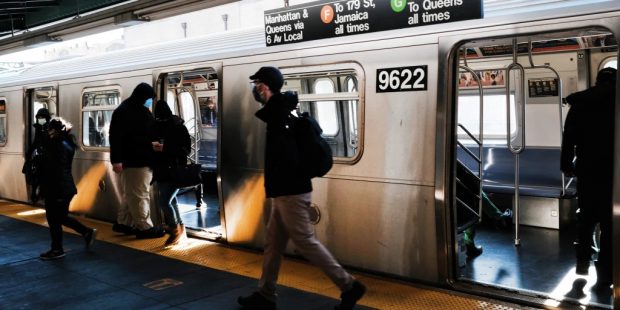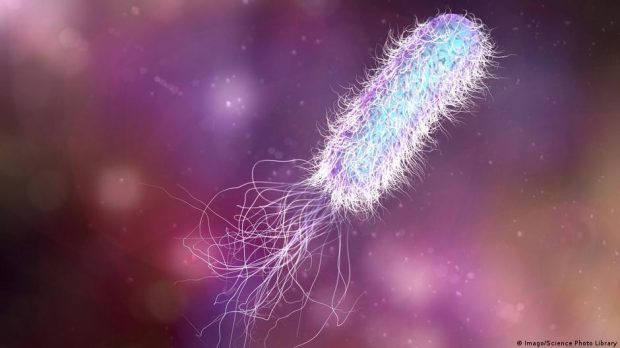
Researchers have taken thousands of wipe samples from the subway station and train surfaces. This enabled them to map the subterranean biotope fairly accurately. It also reveals a lot about the train drivers.
It’s cold and ugly outside – and that’s why the bike has to stop. Only – public transport is supposed to be teeming with viruses and bacteria. Is it even possible to touch the handles without winter gloves, sit down on one of the dingy seats without a protective suit?
Everyone who is familiar with nasty pathogens such as Sars, bird flu, or rotaviruses knows such thoughts. Scientists around Ebrahim Afshinnekoo from the Weill Cornell Medical College in New York now wanted to know which germs are really lurking in the subway. In the Cell Systems journal, the researchers report on their work, which took them hours into New York’s underworld.
READ: Where are the Tourists: In the Middle of Brooklyn
In the summer of 2013, the scientists wiped three times over surfaces such as ticket kiosks, wooden and metal benches, banisters and trash cans, seats, bars, shelves, and handles at 468 subway stations and on trains. They then took these wipe samples to the laboratory to isolate genetic material that could give them conclusions about the types of bacteria wiped.

The bacterium Pseudomonas aeruginosa can be found practically anywhere that is humid.
The result: The New York subway is apparently a very pleasant habitat for microbes. 1688 bacteria, viruses, archaea, and protozoa could be identified. However, about the same number of species could not be identified more precisely. Most of the species found were completely harmless, the researchers said. They were able to identify Pseudomonas stutzeri, Enterobacter, and Stenotrophomonas species most frequently.
Unsurprisingly, the more people frequented a subway station, the higher the biodiversity. More than a year later, saltwater-loving microorganisms were still found in a subway station that was flooded with seawater during Hurricane Sandy in October 2012 and has since been closed.
Depending on which microorganisms were particularly prevalent on the surfaces, the scientists were even able to say in a blind test at which station they were collected.
READ: Great History: When a Bomber Hit the Empire State Building
Incidentally, the fourth most common organism from which the scientists found genetic material was humans. Therefore, the scientists also emphasize that they were able to map the demographics of the people living in the area using their swab and DNA analysis technique. Comparisons with census and kinship maps matched the results from the swab samples. In the Bronx, for example, which was originally populated primarily by people with Hispanic roots, they found genetic material from people from Mexico, Colombia, and Puerto Rico, which agreed with the data from AncestryMapper. Most of the genetic material found in the Manhattan area revealed British, Italian, and other European roots. The Chinese also frequently frequented the subway stations there.

Thousands of germs and pathogens cavort on the railings and surfaces of the New York subway
Source: AFP
However, the study also found evidence that is not so harmless. Among them were microbes that are resistant to antibiotics. In addition, the researchers found evidence of anthrax and plague pathogens, which are said to have been no longer contagious.
Accordingly, the New York subway drivers reacted to the study with disgust. “Ugh,” one of them tweeted. “It’s really scary,” commented another, and a third simply stated: “That’s exactly why I don’t use the subway.” The New York authorities were not amused by the study and warned against scaremongering.
Like us on Facebook for more stories like this: